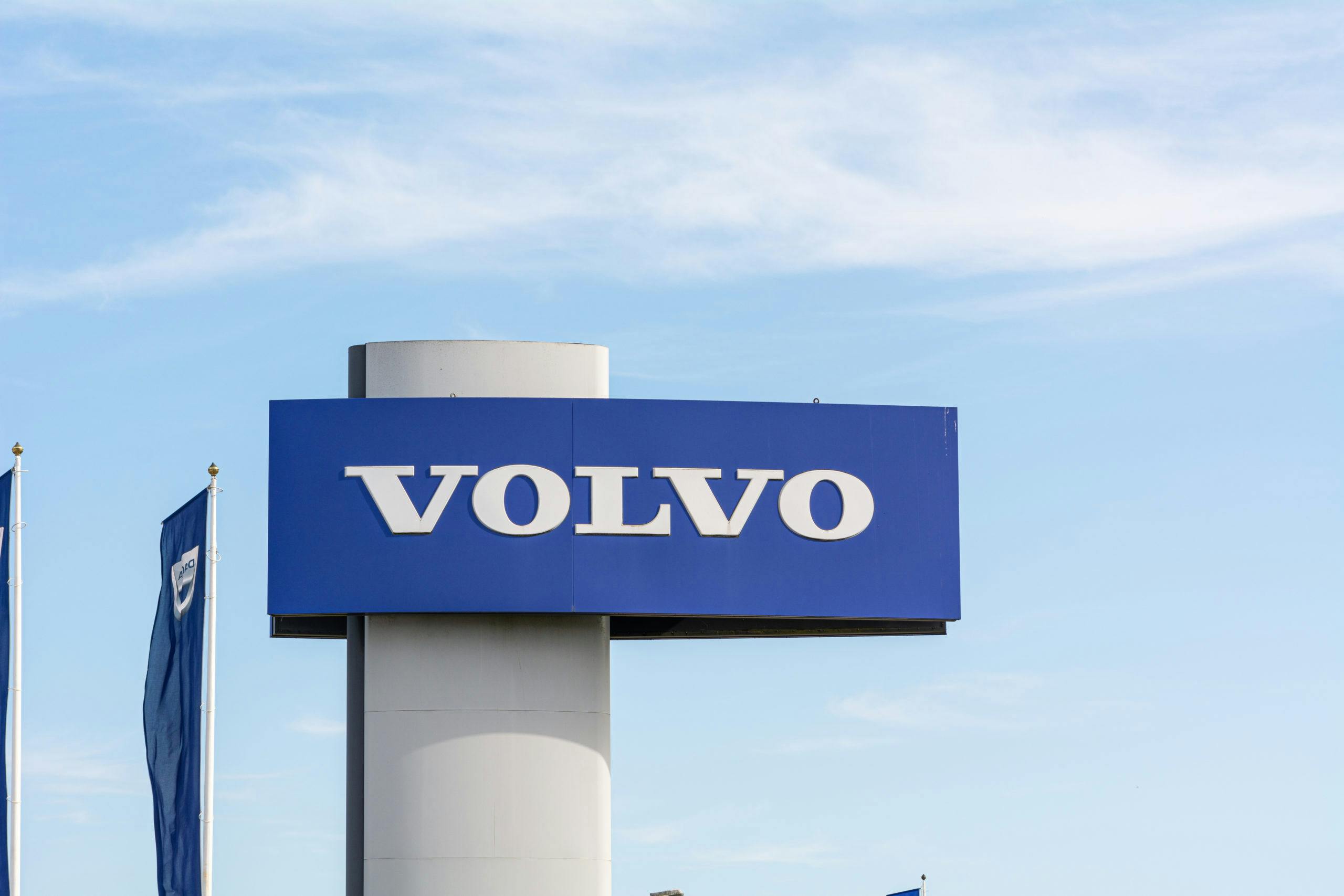Volvo Car Group has announced that it intends to offer Initial Public Offering (IPO) under Nasdaq Stockholm. This will allow shareholders to invest in a fast-growing luxury brand and is expected to raise profits by $2.8 billion via the potential partial sale of shares by Volvo’s main stockholders. AMF and Folksam, who each own 2.2 percent of Volvo Cars, will remain stockholders after the completion of the IPO. The main shareholder, Geely Sweden Holdings AB, has decided to put Volvo Cars under Nasdaq Stockholm to diversify the brand’s ownership base.
“We have supported the transformation and growth of this iconic Swedish brand during a period of unprecedented change in our industry,” said Eric Li, Chairperson of Volvo Cars’ board of directors and ultimate owner of the main shareholder. “Over the past decade, Volvo Cars has turned itself into one of the world’s fastest-growing carmakers. We will continue to support Volvo Cars as a majority shareholder in this ongoing global success story.”
Another reason for going public with Volvo is to support its goal to go all-electric by 2030. The company has pledged that it won’t sell any internal combustion vehicles by that year with 50 percent of sales consisting of battery-electric vehicles by the middle of the decade. It also aims to make online sales form 50 percent of its transactions and cut CO2 emissions by 40 percent between 2018 and 2025. During the transition period, Volvo aims to make plug-in hybrids a steppingstone and help consumers make the transition. The move toward full electrification also wants 50 percent of its software development to happen in house.
“Today is an important milestone for our company with the announcement that we intend to list Volvo Cars on Nasdaq Stockholm,” said Håkan Samuelsson, CEO of Volvo Car Group. “The proposed IPO marks a new chapter for Volvo Cars, and we invite Swedish and international investors to participate in our future growth and value-creation. The decision to proceed with an IPO will help strengthen our brand and accelerate our transformation strategy — toward full electrification, direct consumer relationships, and the next level of safety. This will position the company to deliver continuous growing volumes, revenues, and profitability.”
Volvo plans to use the funds created by going public to maintain its safety leadership and follow the technology road map it put in place earlier this year. Its main goal is to speed up product development and make it more flexible by keeping it all in-house as software becomes prevalent in the auto industry. In addition to working with ride-hailing/sharing companies, Volvo also intends to move to more transparent sales processes.
The move to make Volvo public comes a few days after its affiliate, Polestar, announced it will be listed on the New York Stock Exchange through a business combination via the Gores Guggenheim, Inc. Volvo is the largest shareholder of Polestar, which first started as a company racing and modifying Volvo vehicles. IN 2015, Volvo bought out Polestar, which it established as a separate performance-oriented electric brand. Currently, Polestar’s lineup consists of the low-volume 1 grand touring coupe and the compact sports sedan called the 2. Three other vehicles are in the pipeline until 2024 for Polestar, two crossovers, and a large sedan, the latter of which will be the production version of the Precept show car. Three Polestar Engineered Volvo models offer sportier handling and more power
If approved, Volvo could move quickly and accelerate its electrification plans, which are already on the way. It currently offers the XC40 Recharge and C40 Recharge for those looking for all-electric crossovers. The T8 lineup of plug-in hybrids recently got a major upgrade featuring a larger 18.8-kWh battery pack and a more powerful electric drive motor, upping the combined output to 455 hp.
Volvo and Polestar currently share platforms and that’s not changing anytime soon. The upcoming Polestar 3 and the successors to the Volvo XC90 and XC60 will be built on the same SPA2 architecture developed specifically for battery-electric applications. Polestar’s smaller crossover, dubbed the 4, will be on the SEA2 platform built specifically for subcompact to mid-size electric vehicles.

